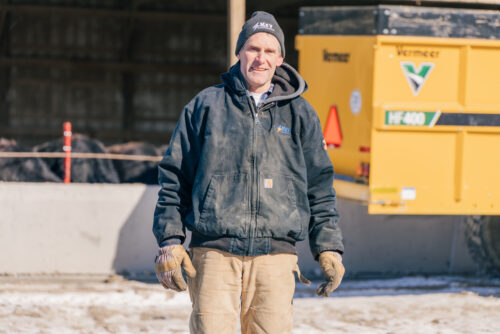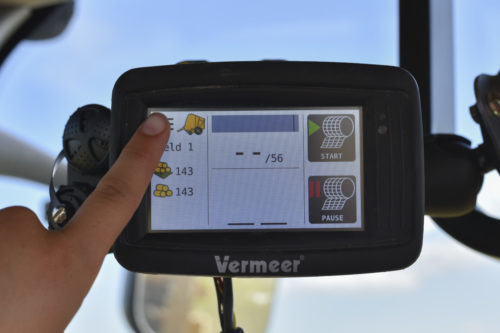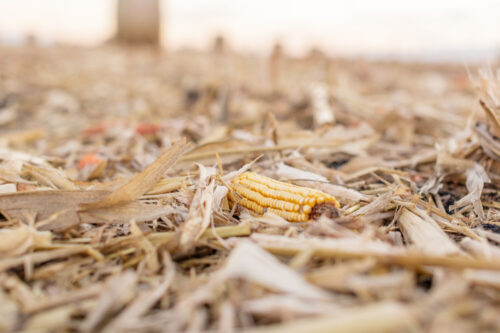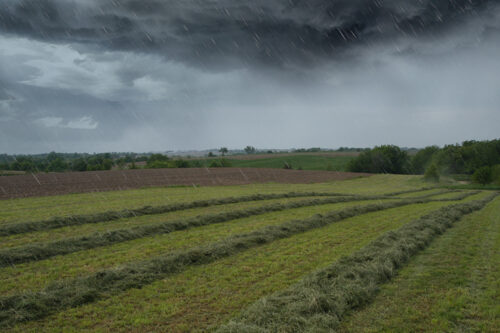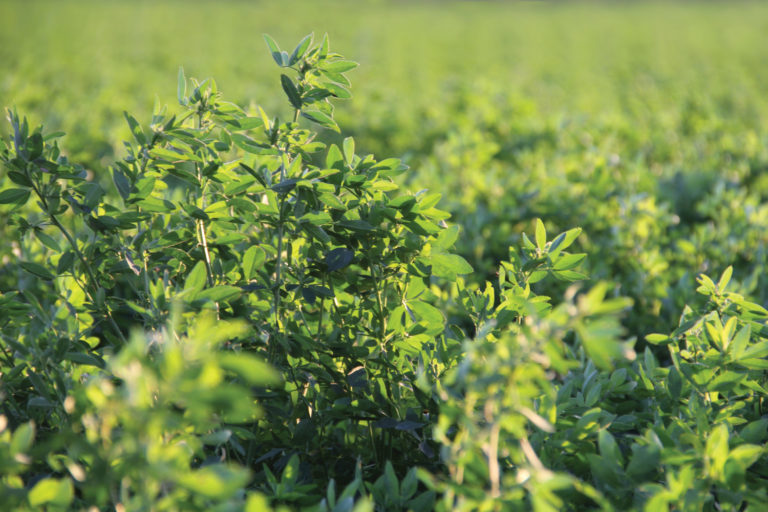
Questions to ask before reseeding forages
March 2023
Walking out on the farm with a hot cup of coffee and seeing the start of green grass is commonplace this time of year in many areas of the country. However, as we begin to prepare for the warmer days spring brings, it is time to consider reseeding forages in the field. This process begins with evaluating the hay fields and pastures and asking yourself some key questions.
- Do your hay fields and pastures need to be reseeded?
Visual evaluation of the land as well as forage testing can prove valuable in establishing an answer to this question. Two abundantly clear reasons to reseed are invading weeds and bare spots. If these challenges are present, reseeding in the next year is important. However, these are not the only considerations.
Testing the current forage available to livestock on the farm may reveal a void of nutrition. Additionally, poor management or unforeseen weather conditions could have caused a significant reduction in the stand of the crop.
If after evaluating for these key considerations, the answer is to reseed, then it is time to establish your goals.
- What are the goals for this field?
Without goals, efforts to reseed are for naught. Producers must think about what they truly hope to gain out of reseeding their fields. This begins with the species of livestock this forage is to provide nutrition for. As written in many Extension publications over the years, different livestock require different forages to sustain and thrive. Further, the time of year and soil type affect what is attainable for a specific field.
Establishing true goals requires more than a few minutes of thought. This process requires putting a pencil to paper to assess cost, timing and soil type as it relates to the forage type, yield and geographic location. Forages which thrive in Texas for beef cattle may wipe out at the first sign of a cold front in a more northern state and vice versa.
To determine the right forage, or mixture of forages for your unique situation, it is best to reference local experts and neighbors. A resource to start identifying forages which may work in your area is consulting the Extension services offered through the land-grant university in your state.
- Should I bale this forage?
After the decision has been made to reseed, it is time to make decisions on baling versus grazing. While grazing minimizes the work as compared to baling, it can be the source of forage waste. Likewise, while baling forage aids in getting the most out of the crop, it does require more labor. If the option is to bale, there are many resources available through Vermeer to aid in this journey.
Josh Vrieze, Vermeer product manager, says there is a wide range of balers to do the job at Vermeer dealers across the country. These balers range in size and specifications. However, Vrieze notes the advantage to these balers is they are quite diverse. Most balers will handle a majority of forages, or mixes of forages, but the key difference is if the intention is to bale dry or wet hay.
He advises producers to select the baler based on if they will produce more dry or wet hay more often, but also realize certain balers can be utilized to do both. At the end of the day there are a lot of options as it relates to not only reseeding forage, but also the machinery used to bale it. Click here if you need help on deciding what baler is right for you.
Vrieze encourages producers to visit their local Vermeer dealer to sort through some of the questions they may have as their dealer has a unique opportunity to work with many farmers in the area and, therefore, can glean valuable insight on the best options available.
“A lot of times the dealer is the best resource in the area, because if you’re in one area, chances are you’re baling something the same or very similar to your neighbors,” he notes. “Your dealer is getting that feedback from other customers that he’s in contact with. That’s one place I would definitely direct people to go and learn more about a specific crop condition.”
This article was written by Kayla Jennings for Makin’ Hay.
Vermeer Corporation reserves the right to make changes in engineering, design and specifications; add improvements; or discontinue manufacturing at any time without notice or obligation.
Vermeer and the Vermeer logo are trademarks of Vermeer Manufacturing Company in the U.S. and/or other countries.
© 2020 Vermeer Corporation. All Rights Reserved.


